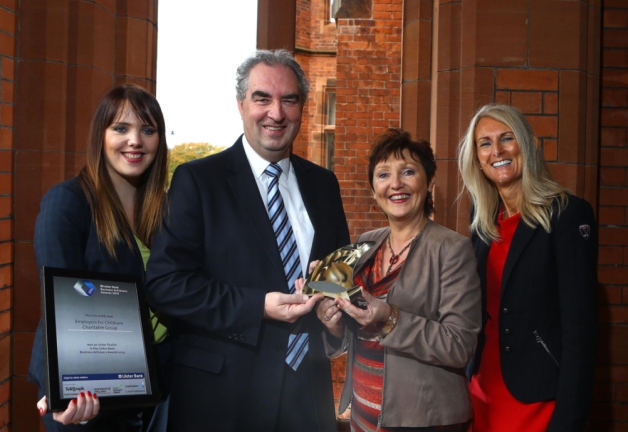Home
About Us
Predictive Lung Deposition Models for Safety and Efficacy of Orally Inhaled Drug Products Program.
by: Iola BonggayThe United States Food and Drug Administration, otherwise referred to as the USFDA, an agency operating within the United States Department of Health and Human Services that is generally responsible for protecting and promoting public health through the regulation and supervision of food safety, tobacco products, dietary supplements, prescription and over-the-counter pharmaceutical drugs, vaccines, biopharmaceuticals, blood transfusions, medical devices, electromagnetic radiation emitting devices, veterinary products, and cosmetics.
|
|
The USFA has recently formed a collaboration with the National Institutes of Health to establish the Predictive Lung Deposition Models for Safety and Efficacy of Orally Inhaled Drug Products Program.
The primary goal of the program is to develop computational fluid dynamics (CFD) model of orally inhaled drug products that can account for drug product characteristics and physiological parameters on total and regional deposition in the lungs.
This is all in conjunction with the USFDA's objective of developing a CFD model that will be capable of of predicting highly localized deposition of pharmaceutically relevant polydisperse aerosols from metered dose inhalers (MDIs) and dry powder inhalers (DPIs).
In addition, the results that will be derived from this study will then be utilized to create a linked CFD-compartment model that can predict the effects of lung deposition on safety (systemic exposure) and efficacy (local delivery) for locally acting orally inhaled drugs.
(continued...)
Predictive Lung Deposition Models for Safety and Efficacy of Orally Inhaled Drug Products Program.
Page 2
About The Author
Iola Bonggay is an editor of TopGovernmentGrants.com one the the most comprehensive Websites offering information on government grants and federal government programs. She also maintains Websites providing resources on environmental grants and grants for youth programs. |
Additional Resources
category - Health Grants
Research to Advance Vaccine Safety Program
National Heart, Lung, and Blood Institute Career Transition Award
Mobile Health Tools to Promote Effective Patient Provider Communication to Underserved Populations
Critical Congenital Heart Disease Newborn Screening Demonstration Program
Follow @topgovtgrant
Social Entrepreneurship
Spotlight
Childcare Charitable Group Named Top Social Enterprise

Employers For Childcare Charitable Group (EFCG), a Lisburn-based charity, has been crowned top Social Enterprise at the Ulster Final of 2014’s Ulster Bank Business Achievers Awards. EFCG seeks to “make it easier for parents with dependent children to get into work and to stay in work.”
